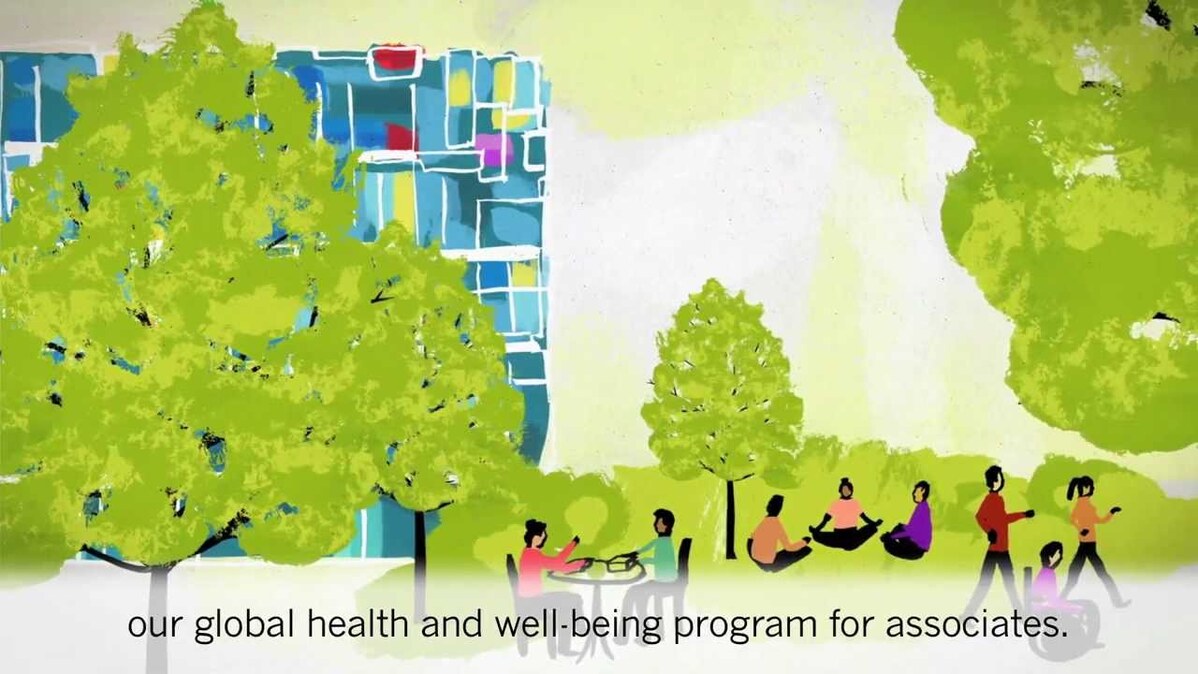“Our goal is to empower people with type 2 diabetes and physicians to effectively manage the disease and our guidance is unique, in that it encourages partnership between the two groups,” said Sir Michael Hirst, an author of the white paper published in Diabetes Research and Clinical Practice and President of the International Diabetes Federation. “While diabetes is a devastating disease, it can be managed when people with the disease, their loved ones and their physicians all collaborate on a treatment plan that works best for them.”
In the last year, diabetes killed five million people, that’s one person every six seconds. And yet, in the new survey which was funded by Novartis, three quarters of people with type 2 diabetes appear to be unconcerned about the increased risk of developing complications and only half make the recommended changes to their lifestyle. Perhaps most concerning, physicians reported that they only expect half of patients to reach blood sugar goals.
These results are in line with another study which suggested that 42 percent of people with type 2 diabetes who are treated for the disease do not reach their blood sugar goals, putting them at higher risk of organ and tissue damage, blindness and even death.
View Hi-Res Infographic (PDF 0.4 MB)
It’s clearly time to do more to improve the management of type 2 diabetes. To gain a better understanding and address the issues that lead to sub-optimal care, Novartis launched the Time 2 Do More in DiabetesTM survey last year.
The global survey revealed differences in the way physicians and people with type 2 diabetes approach the disease and recall crucial conversations, particularly at diagnosis.
While many people with type 2 diabetes are asked to make changes to their lifestyle at diagnosis, the survey suggests that only two thirds of physicians expect them to make the changes recommended. Furthermore, only 2-in-5 people with type 2 diabetes committed to exercising more following their diagnosis with the disease.
In order to understand the challenges identified and improve care, a steering committee of international experts from seven countries was assembled.
The steering committee acknowledged that treatment should be individualized, with goals established in partnership between physicians and those with the disease. The committee also recommended that healthcare organizations encourage early and comprehensive management of type 2 diabetes after diagnosis.







